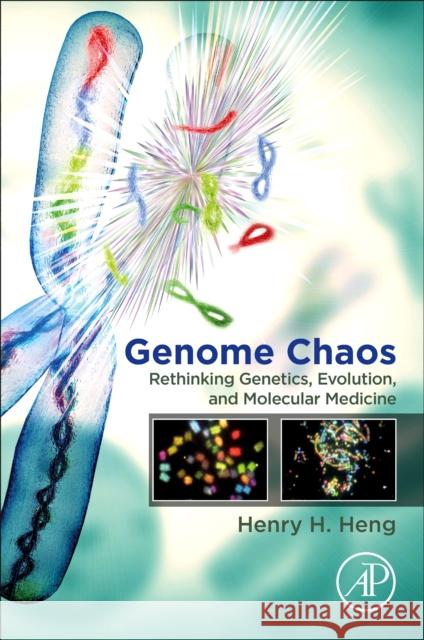Genome Chaos: Rethinking Genetics, Evolution, and Molecular Medicine » książka
topmenu
Genome Chaos: Rethinking Genetics, Evolution, and Molecular Medicine
ISBN-13: 9780128136355 / Angielski / Miękka / 2019 / 556 str.
Kategorie:
Kategorie BISAC:
Wydawca:
Academic Press
Język:
Angielski
ISBN-13:
9780128136355
Rok wydania:
2019
Ilość stron:
556
Waga:
0.83 kg
Wymiary:
22.61 x 15.24 x 3.05
Oprawa:
Miękka
Wolumenów:
01
Dodatkowe informacje:
Bibliografia
Wydanie ilustrowane
Wydanie ilustrowane











